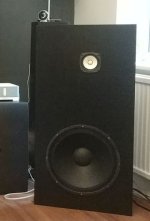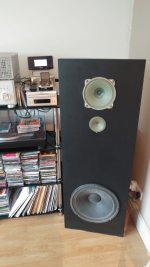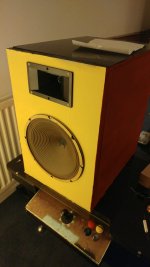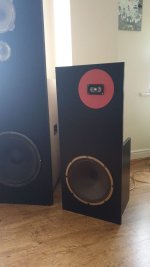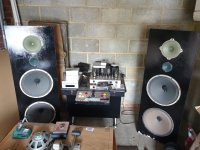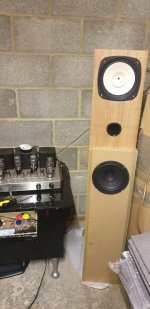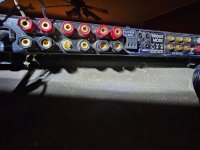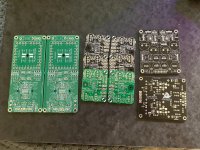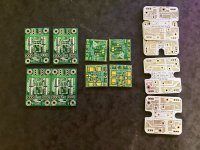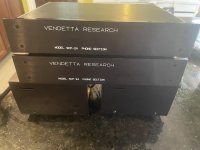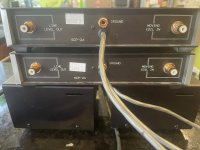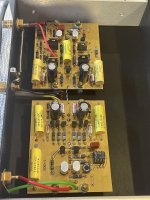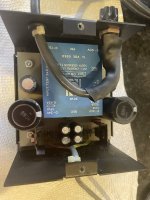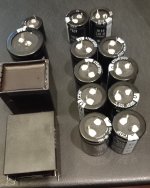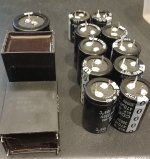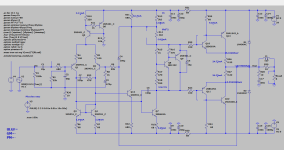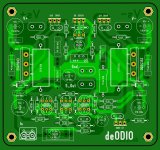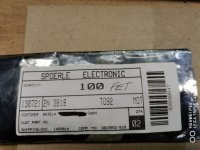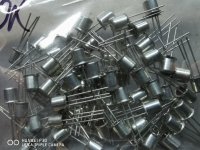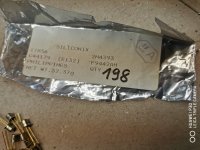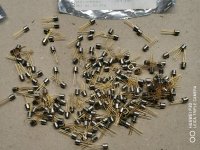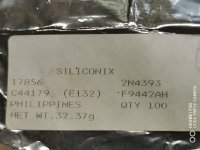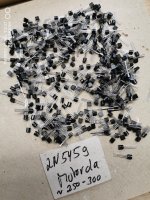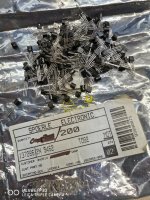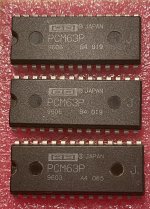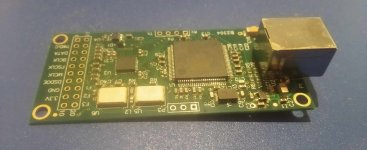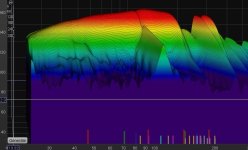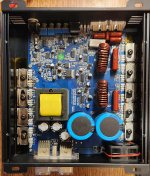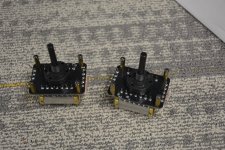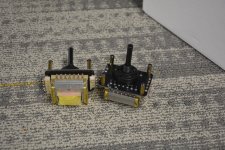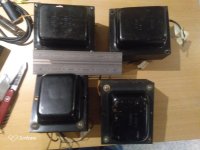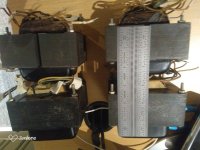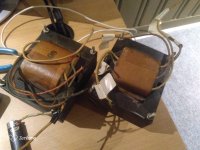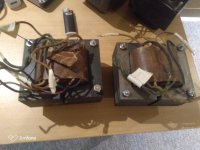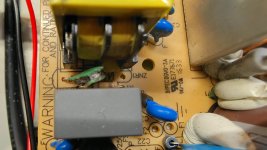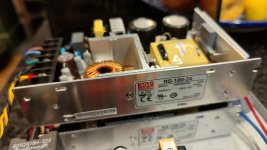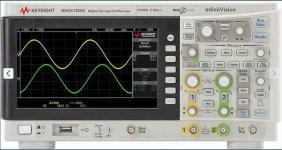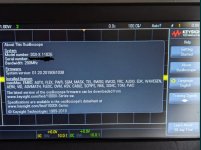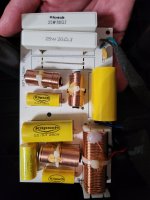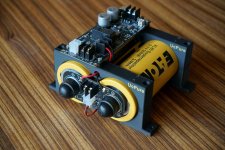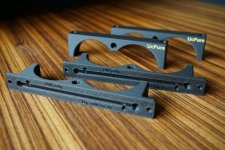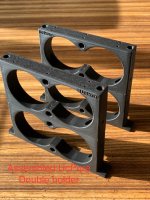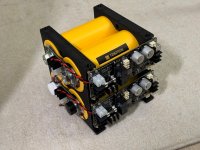OB and valve guy attempting to move towards class D (with tube preamp) and curious about MLTL speakers
- By batlobo
- Introductions
- 4 Replies
Hello all, this is my intro post. Long time reader never posted.
I was perfectly happy with my B&W towers and AVR when, in a coffee-shop in Seoul I heard to some intriguing sound. It was coming from a valve amp (and a couple of uber-expensive Western Electric speakers) and after coming back home I tried to replicate that bewitching sound in my house. I procured myself a cheap valve amp but the sound still wasn't what my ears could remember. I decided that I needed more efficient speakers and that's when I fell down the slippery slope that is DIY speakers.
Since I wasn't going to spend thousands on high-efficiency speakers I tried to make my own. I then discovered the Lampizator blog and that convinced me to build the Endorphine P17. Huge success... I was so happy with them that I decided to upgrade my humble EL84 SET and got myself a Line Magnetic 300B amplifiers. After more than 7 years later I still use the same combination for my main system.
During that time I built a similar speaker to a friend (who fell in love with the Saba greencones and the valve sound), following the OB path I built three sets of speakers to friends using the Martin King OB design (with the fostex and the eminence alpha). Learnt a lot along the way about passive crossovers and Thiele-Small parameters, room correction, etc. I successfully built some variations on the Endorphine theme, and also on a two way configuration (but to be honest, it was just luck that it sounded good). Siegfrid Linkwitz blog convinced me that, to strive for perfection, you need to go active. But so far I've never tried to build any active system (seems too pricey and I don't want to give up the tubes). However, the clarity of the class D power amps I used (Icepower and Hypex) lured me enough to make me think of getting rid of my 300B amplifier.
Since my ears need that level of 2nd order harmonic distortion I have attempted to build several valve preamplifiers. Always got noise issues. Learnt a lot in the process. Bought some good books from Merlin Blencowe which helped me understand what I was doing. I still couldn't get rid of the noise completely (on sensitive speakers) but getting there...
I wasted a lot of effort trying to build a MLTL using a full-range driver. I never managed to make it sound good but.... I learnt a lot in the process.
I will try to post about all my failures and see if I can get any good advice from anybody who may have tried similar things and managed to succeed.
I was perfectly happy with my B&W towers and AVR when, in a coffee-shop in Seoul I heard to some intriguing sound. It was coming from a valve amp (and a couple of uber-expensive Western Electric speakers) and after coming back home I tried to replicate that bewitching sound in my house. I procured myself a cheap valve amp but the sound still wasn't what my ears could remember. I decided that I needed more efficient speakers and that's when I fell down the slippery slope that is DIY speakers.
Since I wasn't going to spend thousands on high-efficiency speakers I tried to make my own. I then discovered the Lampizator blog and that convinced me to build the Endorphine P17. Huge success... I was so happy with them that I decided to upgrade my humble EL84 SET and got myself a Line Magnetic 300B amplifiers. After more than 7 years later I still use the same combination for my main system.
During that time I built a similar speaker to a friend (who fell in love with the Saba greencones and the valve sound), following the OB path I built three sets of speakers to friends using the Martin King OB design (with the fostex and the eminence alpha). Learnt a lot along the way about passive crossovers and Thiele-Small parameters, room correction, etc. I successfully built some variations on the Endorphine theme, and also on a two way configuration (but to be honest, it was just luck that it sounded good). Siegfrid Linkwitz blog convinced me that, to strive for perfection, you need to go active. But so far I've never tried to build any active system (seems too pricey and I don't want to give up the tubes). However, the clarity of the class D power amps I used (Icepower and Hypex) lured me enough to make me think of getting rid of my 300B amplifier.
Since my ears need that level of 2nd order harmonic distortion I have attempted to build several valve preamplifiers. Always got noise issues. Learnt a lot in the process. Bought some good books from Merlin Blencowe which helped me understand what I was doing. I still couldn't get rid of the noise completely (on sensitive speakers) but getting there...
I wasted a lot of effort trying to build a MLTL using a full-range driver. I never managed to make it sound good but.... I learnt a lot in the process.
I will try to post about all my failures and see if I can get any good advice from anybody who may have tried similar things and managed to succeed.
